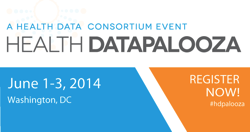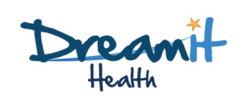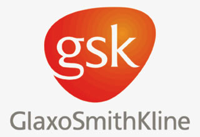

Early June is Health Datapalooza time, and this year’s event was again a whirlwind of energy, insights, and over 2,000 very motivated and passionate health data enthusiasts (health datapaloozers doesn’t sound right). The hallway conversations provided tons of of pragmatic, productive and engaging conversations, inspired by keynotes and presentations from Todd Park, Bryan Sivak, Jeremy Hunt, Atul Gawande, Steve Case, Jerry Levin, Vinod Khosla, Kathleen Seblius, Dwayne Spradlin, Francis Collins, Fred Trotter, and many more (if you haven’t heard of some of them, look them up, it’s worth your time).








